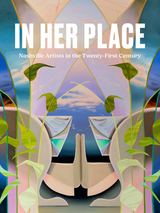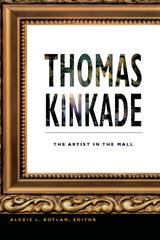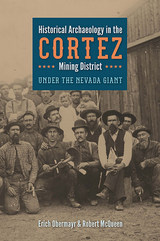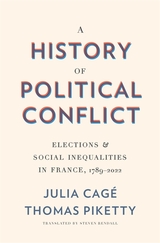2 books about Feman, Seth

In Her Place
Nashville Artists in the Twenty-First Century
Kathryn E. Delmez
Vanderbilt University Press, 2025
In Her Place charts a network of artists working at a high caliber with deceptively specific criteria—they are all women, and they all work in Nashville, Tennessee. The plurality of styles, subjects, and media they choose to work in is so diverse that grouping them together proves that, if anything, there are as many differences among these artists as there are similarities.
But isn’t that what it is to be Southern? Hasn’t life in the American South been a quagmire of contradictions from the very start?
The South has always been defined as much by what it isn’t as what it is, in much the same way that women have been defined by how they are not like men. The standard for an American artist—and perhaps for a person in general—seems to be a white, straight, cisgender man of vaguely Northern residence. Anything that deviates from that criteria needs to be justified, pointed out, turned into something exceptional in order to simply be visible. It is refreshing, then, that this exhibition does not wallow in the stagnant waters of Southern stereotypes. The artists of In Her Place are legion. They include a Tehran-born sculptor making vessels out of Tennessee red clay, an artist from Arkansas working with cardboard and references to unsettling histories, and a Nashville-born painter whose images of civil rights–era sit-ins read just as poignantly in 2026 as they would have in 1960.
If anything ties these artists together, it is not their gender or their location. It is their shared ingenuity and the comfort with which they subvert.
But isn’t that what it is to be Southern? Hasn’t life in the American South been a quagmire of contradictions from the very start?
The South has always been defined as much by what it isn’t as what it is, in much the same way that women have been defined by how they are not like men. The standard for an American artist—and perhaps for a person in general—seems to be a white, straight, cisgender man of vaguely Northern residence. Anything that deviates from that criteria needs to be justified, pointed out, turned into something exceptional in order to simply be visible. It is refreshing, then, that this exhibition does not wallow in the stagnant waters of Southern stereotypes. The artists of In Her Place are legion. They include a Tehran-born sculptor making vessels out of Tennessee red clay, an artist from Arkansas working with cardboard and references to unsettling histories, and a Nashville-born painter whose images of civil rights–era sit-ins read just as poignantly in 2026 as they would have in 1960.
If anything ties these artists together, it is not their gender or their location. It is their shared ingenuity and the comfort with which they subvert.
[more]

Thomas Kinkade
The Artist in the Mall
Alexis L. Boylan, ed.
Duke University Press, 2011
Often featuring lighthouses, bridges, or quaint country homes, Thomas Kinkade’s soft-focus landscapes have permeated American visual culture during the past twenty years, appearing on everything from Bibles to bedsheets to credit cards. Kinkade sells his work through his shopping-mall galleries, QVC, the Internet, and Christian stores. He is quite possibly the most collected artist in the United States. While many art-world and academic critics have dismissed him as a passing fad or marketing phenomenon, the contributors to this collection do not. Instead, they explore his work and its impact on contemporary art as part of the broader history of American visual culture. They consider Kinkade’s imagery and career in relation to nineteenth-century Currier and Ives prints and Andres Serrano’s Piss Christ, the collectibles market and the fine-art market, the Thomas Kinkade Museum and Cultural Center, and “The Village at Hiddenbrooke,” a California housing development inspired by Kinkade’s paintings. The conceptual artist Jeffrey Vallance, the curator of the first major museum exhibition of Kinkade’s art and collectibles, recounts his experiences organizing that show. All of the contributors draw on art history, visual culture, and cultural studies as they seek to understand Kinkade’s significance for both art and audiences. Along the way, they delve into questions about beauty, class, kitsch, religion, and taste in contemporary art.
Contributors. Julia Alderson, Alexis L. Boylan , Anna Brzyski, Seth Feman, Monica Kjellman-Chapin, Micki McElya, Karal Ann Marling, David Morgan, Christopher Pearson, Andrea Wolk Rager, Jeffrey Vallance
[more]
READERS
Browse our collection.
PUBLISHERS
See BiblioVault's publisher services.
STUDENT SERVICES
Files for college accessibility offices.
UChicago Accessibility Resources
home | accessibility | search | about | contact us
BiblioVault ® 2001 - 2025
The University of Chicago Press









